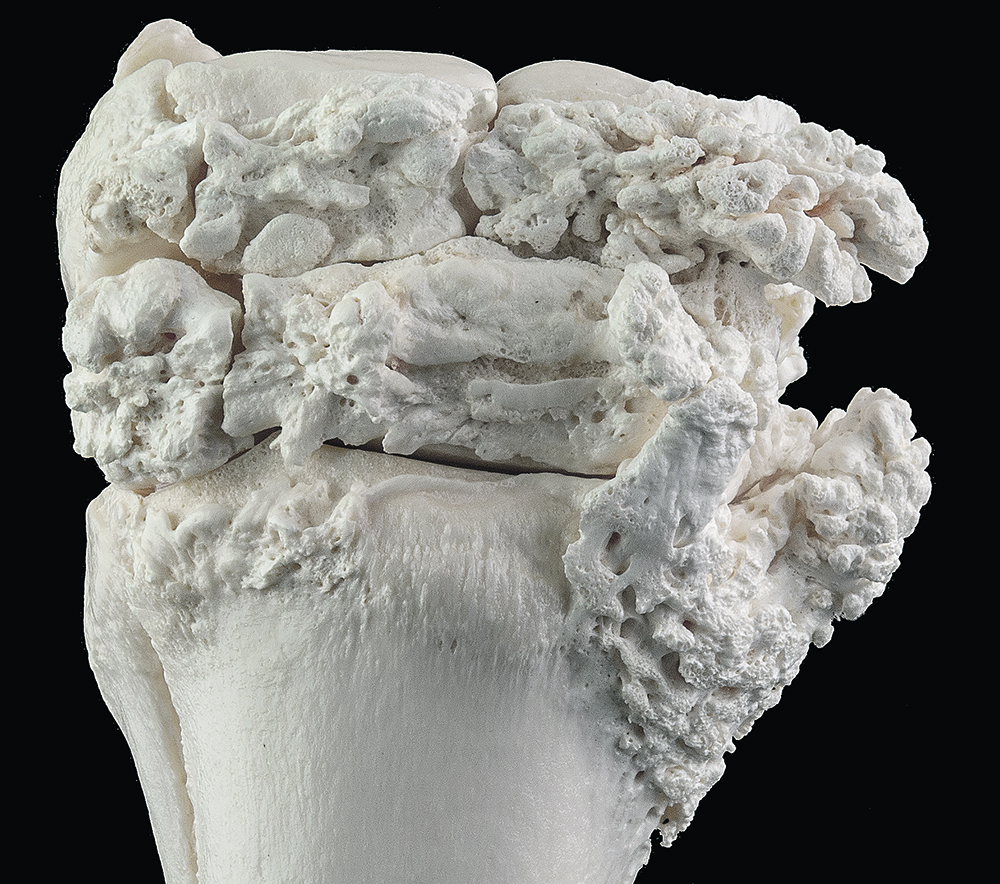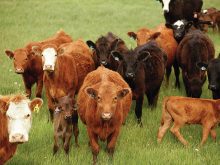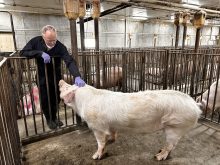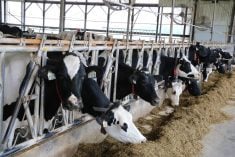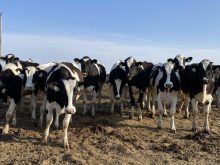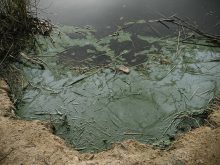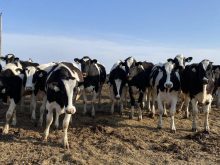Joints are an essential component of the musculoskeletal system, bringing motion to what would otherwise be a rigid system of bones. And of course, it is the combination of bones, joints and muscles that scaffold the body’s organs and allows movement.
Healthy joint cartilage requires frequent movement. Compressive forces squeeze joint fluid out of the cartilage and when the joint is off loaded, the fluid moves back into the tissue. This flushing process transfers waste and gases out of the cartilage tissues, into the joint fluid and eventually back into the blood.
Read Also

Beef check-off collection system aligns across the country
A single and aligned check-off collection system based on where producers live makes the system equal said Chad Ross, Saskatchewan Cattle Association chair.
Joints respond similarly to injury and disease, no matter the species. But as with many diseases in the animal world, some joint conditions occur more frequently in certain species compared to others.
For instance, osteoarthritis, the progressive degeneration of joint cartilage, develops frequently in older dogs, cats and horses. Osteoarthritis in cattle, sheep and goats is less frequent.
This is mainly because these animals don’t typically live to old age. Steers and lambs are slaughtered for meat before age two, well before we expect age-associated cartilage degeneration to develop. They also aren’t expected to perform athletic feats like horses are.
But old age joint changes accumulate in these species as well. Breeding bulls are prone to arthritic joints in the hind limbs due to the wear and tear of their profession.
One of the more serious conditions to affect animal joints is infection, which can be difficult to treat. Prolonged infections change the joint fluid composition in a way that damages the cartilage and can lead to degenerative arthritis.
Lack of direct blood flow to joint cartilage protects and isolates the joint to some extent, but it also makes it difficult for antibiotic medications to reach the site of infection. It also limits healing.
Bacteria are the main cause of infections in joints and cause infection in several ways. Systemic bacterial infections, with bacteria in the bloodstream, can spread readily to or nearby tissues. Blood vessels near growth plates, located adjacent to joints, are particularly vulnerable to infections.
The bacteria settle into these small growth plate capillaries, set up infections and eventually burst into nearby joints if untreated. Bacterial arthritis or joint ill is the result and can be seen in calves, lambs, kid goats and foals, especially if they do not get enough colostrum in the first few hours after birth.
Wounds that extend into joints can introduce bacteria, so it is important to examine wounds, particularly those of the legs, for joint involvement. Veterinary procedures such as using a needle to sample joint fluid or to inject can also introduce bacteria.
Some viruses target joints, but these are fairly rare. Reovirus in chickens and turkeys, as well as caprine arthritis and encephalitis virus in goats, are two examples.
Diagnosis of joint disease can involve a multifaceted approach. It starts with a physical examination to check the range of motion and animal movement. The joint may be swollen or painful.
Veterinarians may use X-rays to visualize joints. Because of its composition, cartilage isn’t visible on X-rays, but bones are. When there are degenerative cartilage changes, bone responds by thickening and producing rough bony prominences called osteophytes. These bone changes will show in an X-ray and allow us to infer that there is cartilage damage.
Another useful procedure is a “joint tap,” in which a vet uses a needle to withdraw joint fluid and examines it under a microscope.
Some animals undergo surgery of the joint to visualize cartilage damage. Veterinary surgeons can use arthroscopes that they pass through small incisions into the joint. These procedures can be useful to diagnose and treat diseases of the joint and are commonly used for horses and dogs.
Healthy joints are important to all animal species, whether it is pigs that need to walk onto transports, performance horses valued for their athletic abilities or herding dogs used in pastures.
Joint diseases must be taken seriously because they reduce animal welfare and can also indicate systemic illness.
Dr. Jamie Rothenburger, DVM, MVetSc,PhD, DACVP, is a veterinarian who practices pathology and is an assistant professor at the University of Calgary’s Faculty of Veterinary Medicine. Twitter: @JRothenburger



